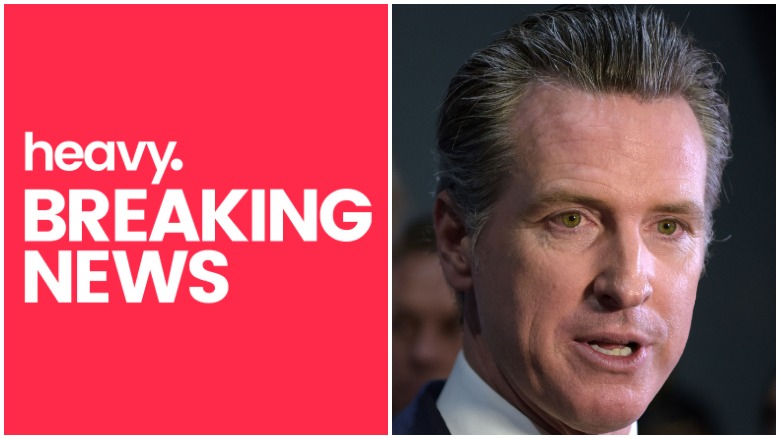
California’s unemployment system, facing a backlog of 600,000 applicants according to the Associated Press, has struggled to handle the overwhelming number of applications coming in due to the coronavirus pandemic’s economic impact, according to a recent news release from the state’s Employment Development Department.
California Governor Gavin Newsom created a Strike Team in the department, tasked with finding the cause of the backlog and solutions for it; that strike team released a report September 16 finding multiple issues with the system, including “logistics and workflow” shortfalls.
In the press release, the department reported that the state would temporarily halt accepting any new applications for unemployment for the next two weeks.
What’s Wrong With California’s Unemployment System?
California’s Employment Development Department Strike Team released a “detailed assessment” and a list of “recommendations” regarding the system’s various issues.
For example, they pointed out that slow processing due to a lack of staff and sluggish computers was contributing to the backlog, as well as mechanisms that were unfairly flagging claimants for fraud and requiring manual verification of their claims. According to the report, “an experienced claims processor can manually work through only 24 claims per day.” Here are some excerpts from the report:
EDD leadership should set clear expectations with all staff at all levels that fraud
prevention and detection practices must be supported by data and evidence and thatjustifications for new and existing anti-fraud practices include an analysis not only of their effectiveness, but also tradeoffs and unintended consequences of these practices, including adverse impact on the experience of all claimants.If EDD can automate 94% of claims (from a current baseline today of ~60%), it will reduce the number of claims requiring manual attention to 3,622 per day, a number which it has capacity to complete. Moving to an automated identity verification provider would handle an estimated 77.69% of these manual claims, increasing the automation rate to 91%.
The team recommended a number of measures, including the following:
- Consistently measuring claim processing speeds
- Implementing an identity verification solution to reduce the need to go through other departments, such as the Department of Motor Vehicles
- Delay accepting new claims until old claims can be processed
- Make document uploads more widely used and mobile-friendly
California residents, some of whom have been waiting months for benefits, have long expressed frustration with the slow processing.
Concord resident Michael Hurley, told news station ABC-7 that he hasn’t been able to get unemployment since he was flagged for fraud. He also said that he has yet reach the agency on what he can do to speed up the process. “You can’t get through the customer service line, eight till noon — forget it,” he said. “Absolutely no faith in the system, none at all.”
Officials Are Concerned the Delay May Come Too Late for Some
The Sacramento Bee reported that 1.6 million claims are waiting to be verified as the Associated Press reported that 2.1 million Californians are out of work. Even with the unemployment rate falling — it fell 2.1 percentage points to 11.4% in August, the Associated Press reported — the Strike Team’s report said continuing with the old system would have only increased the backlog.
As long as the inbound rate of claims per day exceeds what the slowest, lowest throughput part of the system can complete in a day, the backlog of undetermined claims will grow unbounded until the new claims rate decreases. Based on data of new claim filings, California’s current backlog of undetermined claims is growing by at least ten thousand claims per day. Given the state of the economy and the likelihood of future legislation, executive orders, or other policy to support workers, it’s reasonable to assume inbound claim rates will not abate in the foreseeable future.
Newsom has said he believes the recommendations will greatly improve the current system’s level of effectiveness, according to the Associated Press. “This reset will not only make this process better in (the) medium and long term but begin to substantially address the backlog over the next 90 to 100 days,” he said.
However, others expressed concern that solutions to the issue had arrived so late into the state’s shutdown, such as the California State Senate leader Shannon Grove, who called the agency’s issues the result of “mismanagement” and described them as “insulting,” according to the Associated Press. Assemblyman David Chiu agreed. “I am concerned this is too little, too late for Californians experiencing extreme financial stress as a result of EDD’s failures,” he said.
The delay has only furthered frustrations for many and have only symbolized long-standing issues with California’s unemployment systems. “We are so thoroughly and ludicrously incompetent and TERRIBLE at our jobs — we need a few weeks just to get our (poop emoji) together,” someone tweeted.
READ NEXT: Stimulus Checks 2: Could the Vacated SCOTUS Seat Hurt Negotiations?